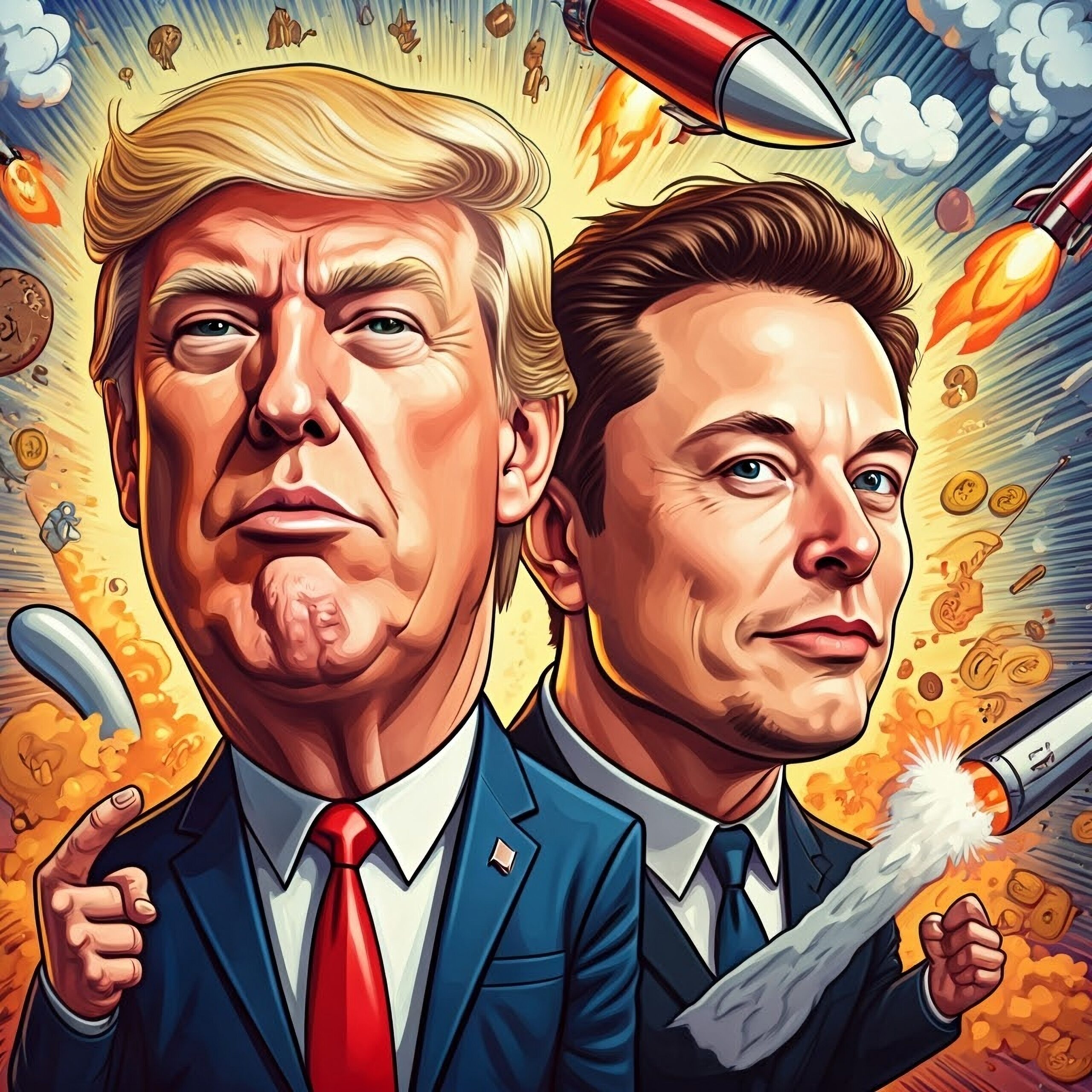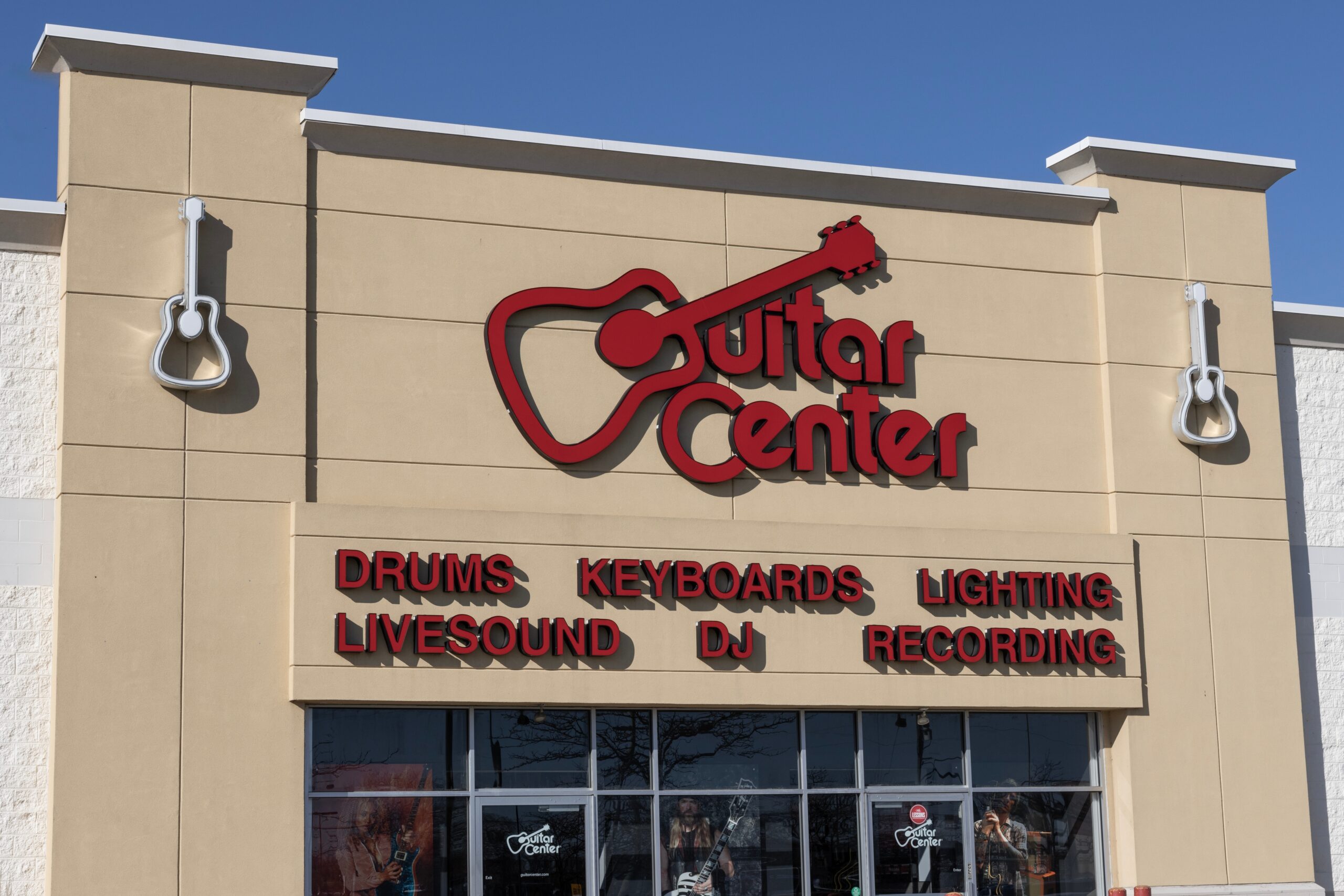
How else to describe the world in which we live?
“Go BIG or go home!”
“Actions speak louder than words!”
“Put up or shut up.”
If you are not feeling any of these emotions during the first full month of Trump 2.0, then you’ve somehow successfully insulated yourself from the world. (Please let me know how you’ve managed to do that!)
to do that!)
For the rest of us, we are watching – or perhaps better put, big characters in a four-year play where your guess about how it will end is as good as mine. No matter on which side you line up – whether you’re a member of MAGA in good standing or an “Anti-Trumper,” these first 30 or so days have defined “FAST & FURIOUS” for better or for worse.
Rather than waste either of our time uselessly debating which side is right, let’s stand back and think about the process. It takes a BOLD message to cut through, and perhaps more to the point, dynamic action to make us look up from our La-Z Boy chairs and pay attention. We’ve talked about that here in recent days and weeks, especially conversations about which marketing efforts have made a strong impression versus those that have ended up on a very expensive cutting room floor.
I started thinking of brands that are walking that walk, often at risk to their financial standings or their prestige among their followers, fans, and customers. In each of the cases I’ve laid out below, I’m not suggesting their over-the-top actions are going to be successful. In most cases, the marketing jury is out. It may be months, and in some cases longer for the dust to settle. But you have to give them all kudos and credit for their courage to let the fur fly.
Delta’s $30,000 Offer – Lately, plane crashes have sadly and scarily become routine. I experienced that earlier this week. I was on a Delta flight waiting to take off when I received a push alert that another Delta flight had crash landed in Toronto. I immediately punched up a news channel on Delta’s “live TV” platform and immediately saw the horrifying image you all have seen. But mine showed up in real time. As I looked around, most of my fellow passengers were staring at their phones or watching a movie or a TV show. It was a moment.

Those of you who worked in radio a few decades ago remember the protocol whenever there was an airplane crash. Whoever got the news first, that person would run down the hall to the traffic director who would quickly pull every airline commercial scheduled to run that day. Yes, this was done to protect those clients. I also recall that when the airlines first started showing movies, they would edit out scenes with airplanes in flames so as not to upset passengers. For a second I wondered if Delta would shut down their “live TV” offerings for the day. But, no. In 2025, we get to see everything.
On Delta, all passengers and crew members – 80 in all – thankfully survived the crash. And immediately, all parties and agencies went into investigative mode, trying to determine what caused the accident – pilot error, a mechanical issue with the plane, awful weather conditions, or a mix of these variables.
But that didn’t stop Delta from being proactive, offering a one-time payment of $30,000 to each of the 76 passengers who lived through this terrifying moment. While there may be the inevitable lawsuits down the road, Delta’s bold move made headlines. In their words, the Delta Care Team emphasized this gesture “has no strings attached and does not affect (passenger) rights.”
Here’s the litmus test:
Is it a different tactic than most other airlines would do and are we talking about it? A resounding “YES” to both questions.
Domino’s Emergency Pizza – In a fascinating marketing ploy, Domino’s is offering a free “Emergency Pizza” to members of its rewards program who make a single purchase.

The program is very relatable to most of us, especially coming in handy when we burn dinner, get stuck in traffic, or just don’t feel like cooking. Outside of Halloween or New Year’s Eve, these “Emergency Pizzas” are redeemable during publicized claim periods.
As Domino’s brand managers Kate Trumbull and Matt Talbot explained to Marketing Dive, the program is designed to “meet customers where they are.”
The program, designed to boost sales after the pandemic, has now been run twice. The first time around, it added 2 million members to Domino’s brand loyalty program.
Does it answer the uniqueness and buzz worthiness questions? YES and YES.
Guitar Hero steps up in SoCal – By now, we all have a sense for the pain, suffering, and loss that took place last month in the L.A. area due to those devastating wildfires. The entertainment community – including musicians – were hit especially hard by the disaster.

Enter Guitar Center – the music store chain has come to the rescue. Working through its Guitar Center Music Foundation, the company is offering grants so musicians can replace their destroyed instruments up to $1,500.
It’s not a cash reward but a coupon with which to purchase a replacement guitar or contribute to a more expensive instrument.
It’s a powerful, relatable gesture from a retailer I’ve never personally perceived as especially benevolent. This bold step is a perception-changer and is completely on-brand.
Does it pass our test? YES and YES.
Sheryl Crow makes a statement to Tesla, Musk, and Trump – Throughout music history – especially in the 20th century, musicians could make a political statement – at their own risk. By endorsing a policy, coming out against one, or supporting a candidate, artists have taken career risks, no matter which side of the political spectrum they’re on.
Bruce Springsteen has paid the price for his endorsements of left-wing candidates and policies over the decades. It shows up clearly and distinctly in every music test I see for classic rock stations. On the red side of the fence, artists like Kid Rock have also taken their own share of political risks by being so vocally supportive of Republican candidates, especially Trump.
These stands can have a lasting impact on their brands, not to mention sales of music and merch, as well as on concert attendance. Will Taylor Swift’s unprecedented success get dinged by her politics? We’ll see.
The latest of these statements was made by Sheryl Crow who announced that in protest of the Trump/Musk policies, she is selling her Tesla and donating the proceeds to NPR (currently under duress by the new administration).
Here’s the video and statement she posted on Instagram last weekend:
View this post on Instagram
Crow gets points for uniqueness and her bold action generated a big buzz on social media – and beyond. For an artist who doesn’t make too many headlines these days, her statement to Elon Musk and NPR made waves. Will her move create after-shocks in the music/celebrity or public media communities?
YES, indeed.
Starbucks rocks! – These days, a new CEO and crappy earnings has motivated the world’s largest coffee chain to throw a few caramel macchiatos at the wall to see if anything sticks.
What caught my eye – and ears – recently was a new TV ad for Starbucks that has a decidedly different tone from their usual vibe. The move? Using the electric “Thunderstruck” by AC/DC as their music bed in a new spot that first appeared during Super Bowl LIX.
When I heard it, I looked up at the TV, and was frankly shocked to see it was an ad for Starbucks:
One of the fascinating aspects of this campaign is that it came out of a late switch to a new agency, appropriately named Anomaly, along with a new Chief Brand Officer, Tressie Lieberman.
AdAge reports Starbucks is consciously trying to bring some energy to its comeback efforts. Lieberman notes that the chain has “a history of music being part of our brand.” It’s just that the style has always embraced a more granola-infused Triple A sound.
If they’re serious about more of a rockin’ approach that targets the “Flyover States” rather than the chic roasteries on both coasts, Starbucks may have to adjust their in-store music to match the Anomaly campaign. A few keystrokes on Starbucks’ music selection system could help energize this effort, giving it credibility.
Starbucks also might want to consider looking for spokespeople who rely on their brews to energize their lives and their work. Detroit Lions coach, Dan Campbell, is that guy, starting each day with copious amounts of caffeinated Starbucks beverages. He occasionally breezes into my local Starbucks to pick up his jet fuel on the way to practice;
View this post on Instagram
Another bold move might be to sponsor this spring’s AC/DC tour and offer free beverages from strategically place kiosks in stadiums and arenas. That type of alignment would also help make headlines for Starbucks, strategically positioning them in the mainstream, where they appear to want to be.
Even the name of AC/DC’s concert tour – “Power Up” – is consistent with the attitude Starbucks is embracing.

So, Starbucks earns an “incomplete” for their effort to be bold and capture the attention of new legions of coffee drinkers. Anyone can license cool songs (like Applebee’s). Living and breathing that lifestyle is often an afterthought.
All this activity can’t be coincidental. Brands are working harder to crack through and make memorable statements, many of which carry a little or a lot of risk.
For many radio companies, risk aversion has become a core philosophy. The Hippocratic Oath credo – “Do no harm” – served many broadcasters for decades. In this new environment, it sure appears to be the shortest road to irrelevance.
Got other examples of “brand boldness?” Leave your comments below.
Originally published by Jacobs Media







